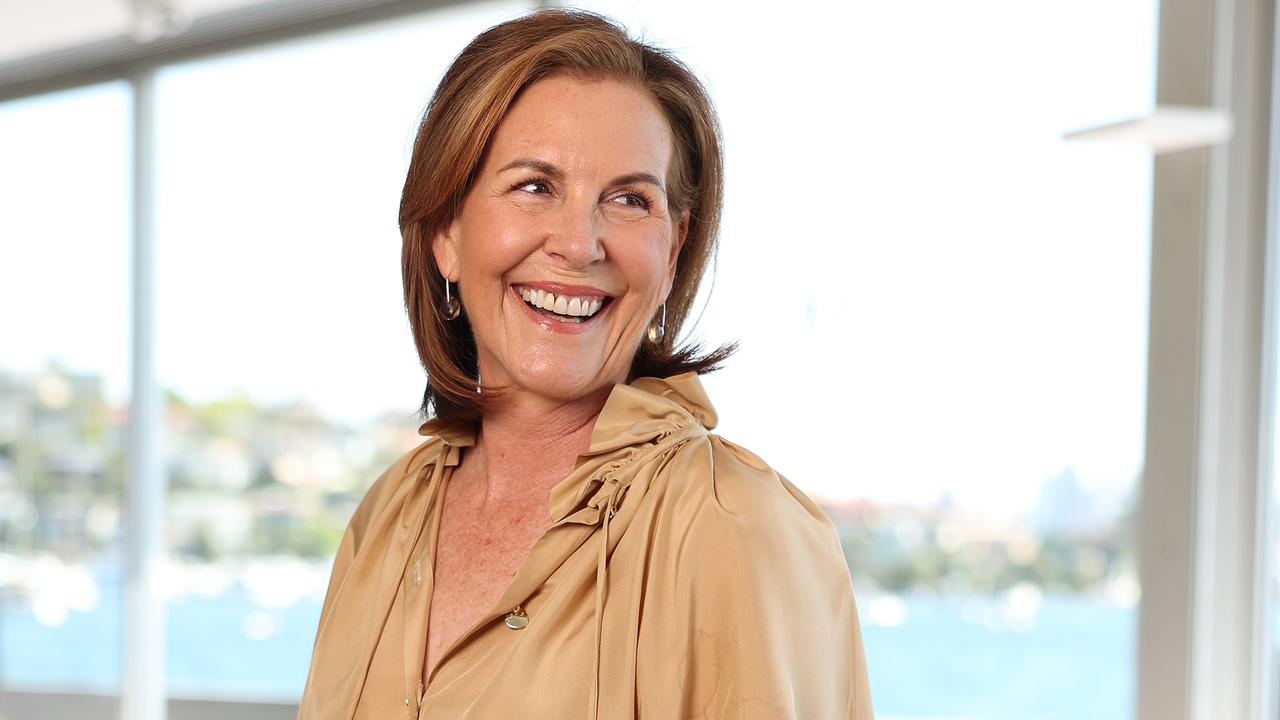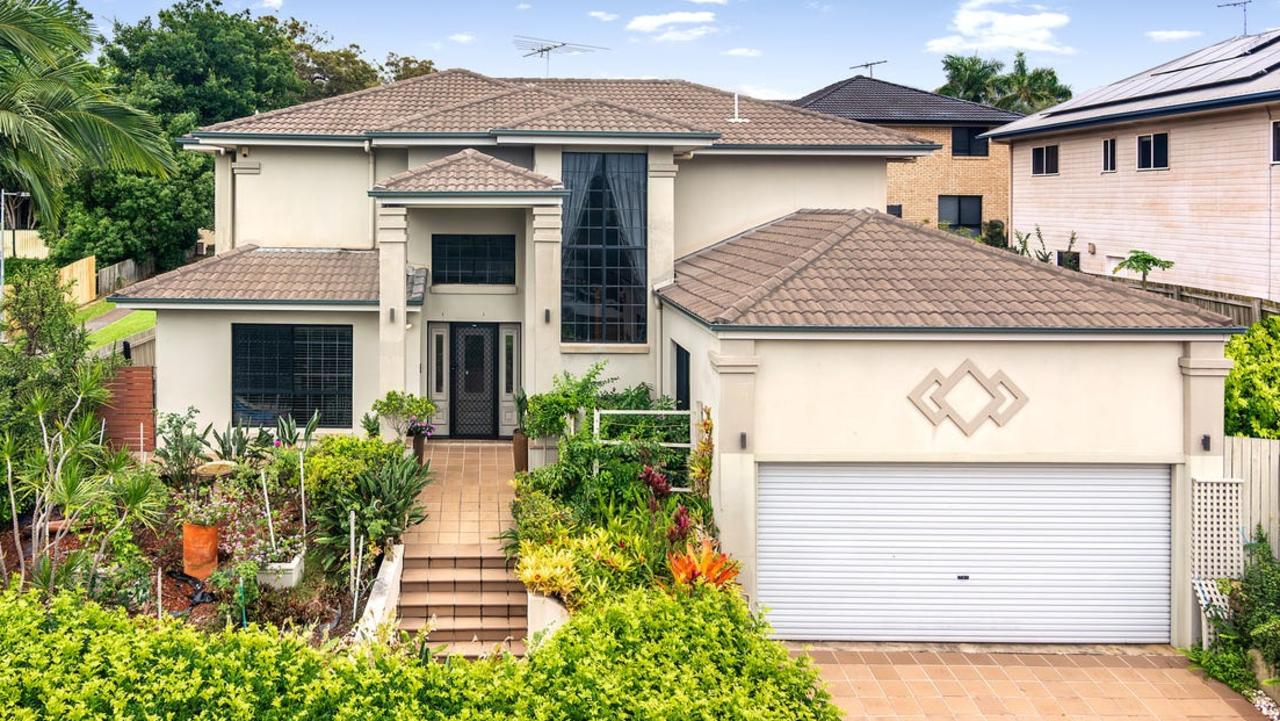Qld hotspot notches shock reversal of building recovery trend
One of Queensland’s most popular regions has recorded a shock drop in building approvals, signalling big trouble for the housing market.
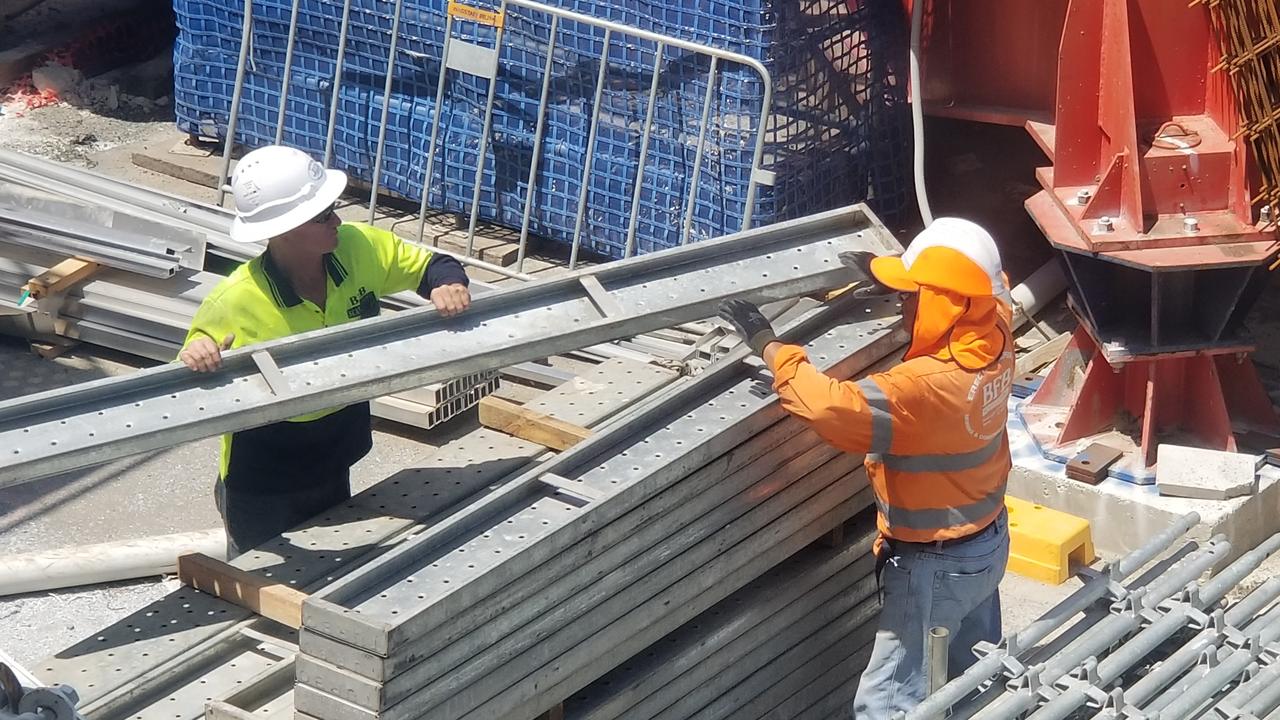
Building approvals on the Gold Coast have plunged by 20.7 per cent, marking a stark reversal of the statewide trend of industry recovery.
While most Queensland regions recorded growth in the 12 months to November 2024, the Gold Coast notched a shock drop in new housing approvals, including both detached houses and units.
Across the state, building approvals surged by 4.7 per cent, with Far North Queensland up a massive 41.4 per cent.
Approvals in Downs and Western were up 31.2 per cent and Central Queensland 26.6 per cent.
Wide Bay Burnett (16.1 per cent), The Sunshine Coast (8.7 per cent) and Greater Brisbane (7.6 per cent) also posted gains, continuing the broader positive momentum, while Mackay and Whitsunday held steady.
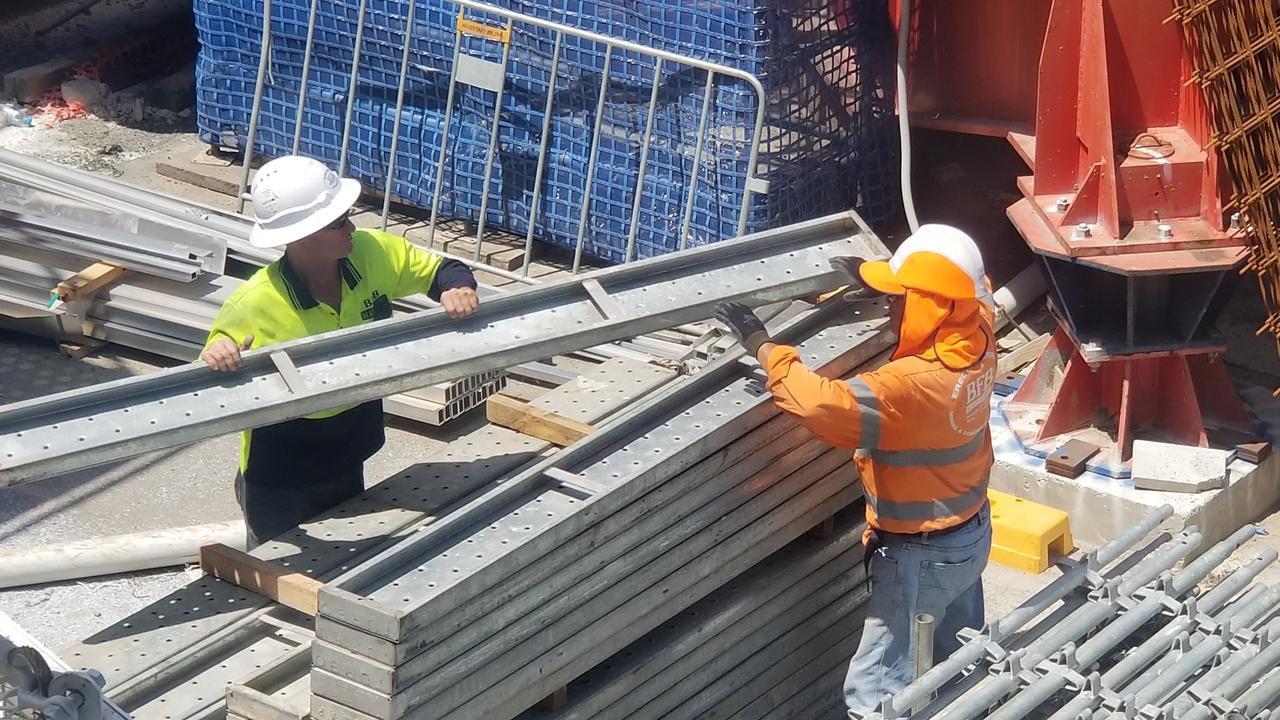
But the Gold Coast’s decline has raised alarm bells in the local construction sector, with the city already in the grips of a housing shortage.
North Queensland also recorded a slight decline, with Townsville notching a dip of 2.6 per cent for detached home approvals.
Master Builders CEO Paul Bidwell said the state’s broader uptick was encouraging, but warned the Gold Coast’s drop signalled a larger challenge.
“Boosting productivity is at the heart of the solution to increasing construction in our state,” he said.
“While the results were good news, there was a lot more to do to shift the dial closer to the magic housing target number.”

Mr Bidwell said ABS figures showed 35,705 new homes were built in the year to November, putting well below meeting the state target of 50,000 dwellings each year to 2044.
“We’ve built more than 50,000 homes in a year twice in the last 31 years – in 1994 and 2016. That’s not to say we can’t achieve that again – but we need fundamental change to help our industry achieve these ambitious targets,” he said.
“A key part of that change will be clearing the unnecessary red tape that is standing in the way of industry delivering more homes.
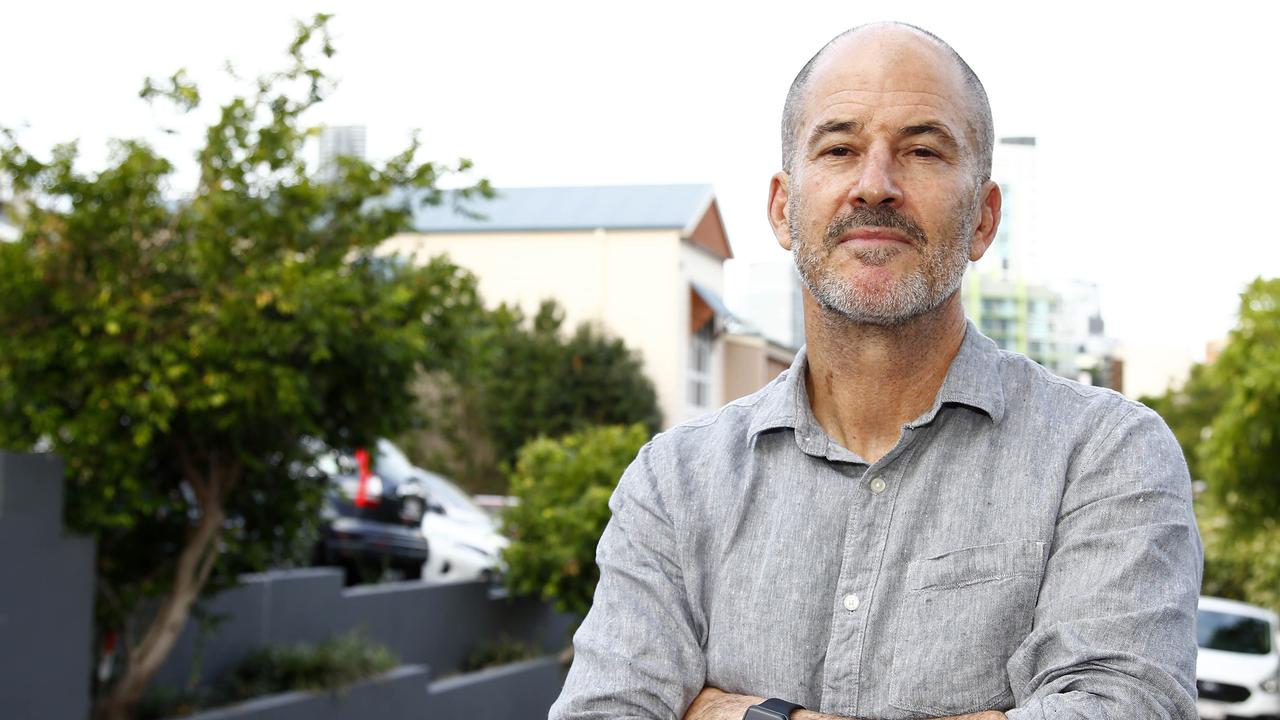
MORE NEWS
Construction milestone for luxury tower
$9 million sale marks shocking CBD record
Brisbane’s housing market nudges trillion-dollar benchmark
Master Builders is calling for regulatory reforms to address the barriers hindering construction, including a review of the Queensland Building and Construction Commission (QBCC).
“Reviews are a good thing and provide a way forward for change – but any resulting proposals need to be swiftly implemented to get construction moving,” Mr Bidwell said.
Real Estate Institute of Australia board member Andrew Bell said the the fall in approvals for the Glitter Strip reflected a worsening crisis of affordability, with entry-level housing development most affected.
“There was an incredible euphoria during the pandemic and an absolute desire for many Australians to be part of the Gold Coast, and so land costs and building costs back in that time were considerably lower than they are today because there was an immediate attraction to meet that demand,” Mr Bell said.
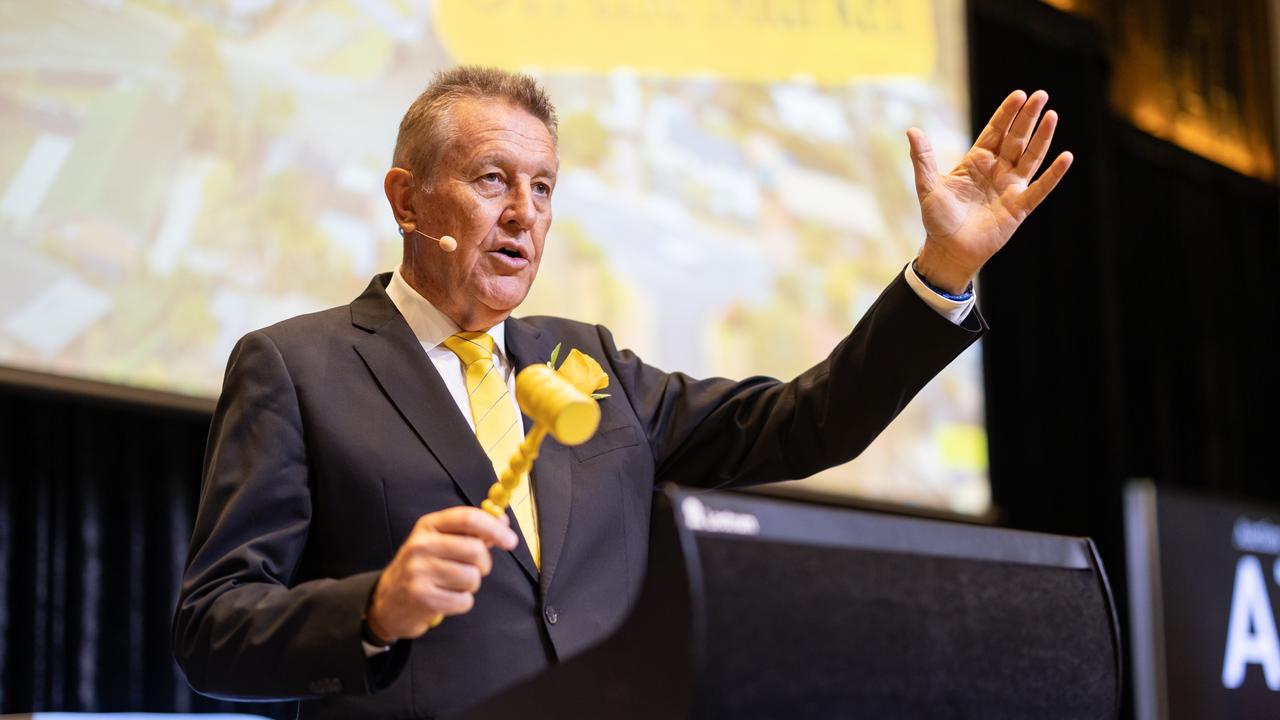
“But those costs have gone up enormously, and while people are still interested in taking on developments, it is about trying to make it stack up.
“The top end hasn’t been affected, you see a lot of development along the beachfront because big money will pay whatever it takes to get what they want, but when get into the more affordable sector of the market that is where you see an absolute pullback in construction,” he said.
Buyers were affected by higher interest rates limiting their lending capacity, while those entering into agreements for new builds risked the project not getting out of the ground.
“If you don’t have a fixed contract, you are in a precarious position,” Mr Bell said.
Real Estate Institute of Queensland CEO Antonia Mercorella said: “More housing supply on the Gold Coast is critical to easing affordability challenges, both for owner occupiers and renters”.
“The Gold Coast offers the iconic Queensland lifestyle, however its popularity may now be working against it, with rising affordability and accessibility challenges increasingly becoming significant barriers for many,” Ms Mercorella.
At the current rate of approvals this financial year (2,152 from July-November 2024) approvals on the Gold Coast would hit 5,165 for the year compared with the target of 6,000, she said.
Originally published as Qld hotspot notches shock reversal of building recovery trend

